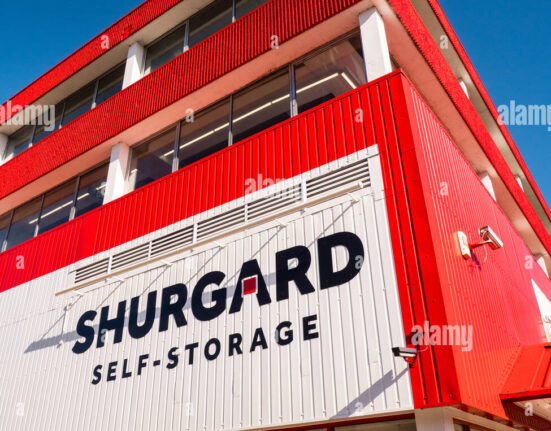The European Commission has made a significant move by allocating almost €2.8 billion to 94 sustainable transport projects through the EU’s Connecting Europe Facility. This funding aims to improve cross-border connectivity, efficiency, and competitiveness within the European Union.
Diving into the specifics, these selected projects are geared towards modernizing various modes of transportation such as railways, inland waterways, and maritime routes across the trans-European transport network (TEN-T). The ultimate goal is to better connect different regions and cities within Europe.
Rail transport emerges as a key focus area for this funding allocation, with an impressive 77% of the total budget directed towards railway infrastructure upgrades. The investments will primarily target enhancing both core and extended networks of TEN-T, especially in cohesion countries like Poland, Greece, and Slovakia. Notable projects include the construction of Rail Baltica in the Baltic region and Poland, along with high-speed rail line developments in Czechia and Poland.
Moreover, a significant portion of these funds will support the implementation of the European Rail Traffic Management System (ERTMS) in 46 projects spanning 11 Member States. Countries like Austria, Germany, Italy, Hungary, and Sweden will see improvements in rail safety and interoperability through this system on trains and tracks.
In a bid to reduce environmental impact, several projects will focus on upgrading ports in countries like Ireland, Cyprus, Malta, Croatia, and Poland by introducing shore-side electricity to curb emissions from ships while at berth. Furthermore, support will be extended towards constructing or upgrading multi-purpose icebreakers in Estonia to enhance security around submarine cables—an essential aspect covered under the EU’s recent action plan.
The initiative also includes plans for digital traffic management systems deployment in France and Spain aimed at boosting safety and efficiency for short-sea shipping while easing congestion issues. Additionally,
France will witness upgrades along the Rhine river for inland waterways improvement while Belgium advances digitalization efforts within its waterborne transportation sector.
Turning attention towards road transport enhancements funded by this program—safe parking areas across ten Member States including Germany,
France
Italy
and Romania are set for development or upgrade to ensure secure facilities for motorists. Moreover,
these initiatives aim to roll out Cooperative Intelligent Transport Systems (C-ITS) that promise improved road safety measures particularly focusing on urban areas where traffic flow optimization is crucial.
Furthermore,
urban mobility stands to benefit significantly from these funds with provisions made for preparing multimodal passenger hubs’ construction or revamp in cities like Leuven (Belgium),
Norrköping (Sweden),
Nice,
Marseille (France),
and Bolzano (Italy).
These hubs have been designed keeping seamless inter-connectivity between different transport modes as their central premise—making city navigation more convenient for residents.
Another vital aspect covered under these sustainable transport endeavors involves enhancing rail connectivity along with border crossing points between Slovakia-Ukraine
and Romania-Moldova.
The EU’s backing plays a pivotal role here—in aiding Ukraine’s transition towards adopting standard EU railway gauge—which not only promises smoother cross-border rail traffic but also stands poised to elevate regional trade dynamics.
As we look ahead,
the CEF Transport program spanning from 2021-2027 holds great promise for further transformative initiatives aimed at bolstering sustainability
efficiency
and connectivity within Europe.
For those interested
additional information detailing selected projects can be accessed on CIN E A website—a one-stop source offering comprehensive insights into this groundbreaking endeavor.







Leave feedback about this